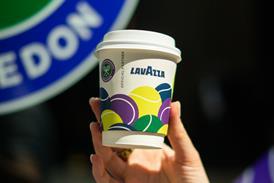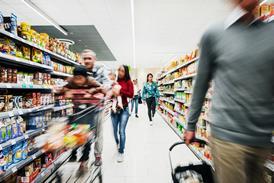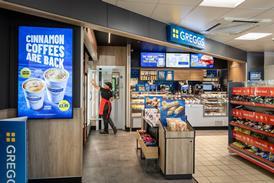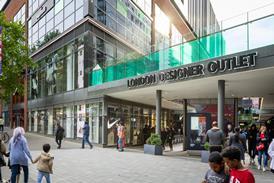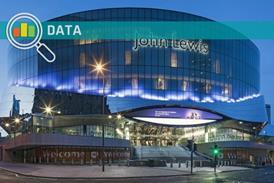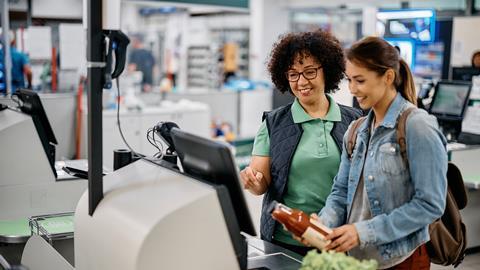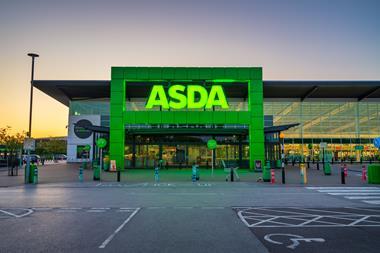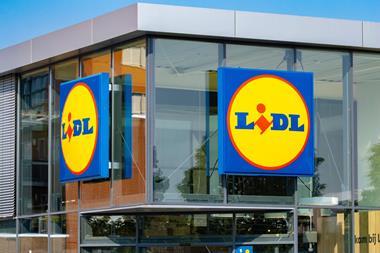With speedy check-outs and sustainability among the most valued aspects of physical shopping, Vypr’s Ben Davies explores what would entice consumers back to the high street
Empty high streets and declining foot traffic are reshaping the face of brick-and-mortar retail. In the UK alone, in-store visits dropped by 7% this year, according to Statista.
On the other hand, global ecommerce shows no signs of slowing down, and is predicted to surge almost 19% between now and 2030, according to Grand View Research. But does this signal the end of physical shopping, with online deals taking over?
To dig deeper, we turned to our product intelligence platform, tapping into insights from our diverse panel of 80,000 consumers. We asked them what they value most and what would draw them back to stores.
Here are the eight most valuable insights we found at Vypr:
1. Competitive pricing would draw 43% of customers to the shops
As the cost-of-living crisis mounts, every penny counts. Three in five (60%) [page 4] customers are actively reducing spending, while two in five are also buying cheaper alternatives. Today, the best offers are usually online, and so that’s where they shop. But it doesn’t need to be that way. Two in five customers (43%) [page 12] would put their iPhones down and walk into stores if prices were aligned.
2. Nearly one third (32%) of customers want in-store exclusives
A low-hanging fruit to entice customers are deals. Significantly, 32% [page 32] of shoppers are hungry for exclusives, particularly for higher-end brands like the M&S Foodhall. Buy-one-get-one-free is the most popular promotion, receiving 30% [page 7] of the votes.
3. Nearly half (48%) of customers want ‘phygital’ shopping
Rather than replacing stores, technology should complement them. Almost half (48%) [page 10] of customers seek a blend of physical and digital – or ‘phygital’ – hybrid experiences. How brands do this can be vibrant and exciting. Adidas, for example, lets shoppers ‘try on’ new sneakers using virtual reality.
4. Convenience is core for over a third of customers
One aspect that stood out in our research was parking. 37% [page 13] of customers value nearby facilities, especially among the over 55s, which could be lucrative as they tend to have a larger wallet share. Store navigation also matters, as 35% [page 14] appreciated an easy layout.
5. Speedy self-checkouts attract 35% more customers
Along the same theme, over a third of respondents [page 14] highlighted the importance of an efficient checkout. As retail spaces future-proof their operations, ‘just walk out’ embedded payments could further speed up and simplify transactions.
6. Helpful staff create over a third of repeat visits
Customer service plays a crucial role, as 35% of customers [page 13] return to a store following a good experience. One part of the store where helpful staff are most valued is near the self-service checkouts. While shoppers enjoy the speed and independence of scanning their own goods, they appreciate a helping hand nearby.
7. Under 25s demand 13x more digital experiences than over 55s
Significantly, 40% of under 25s are looking for digital integration, compared to just 3% of over 55s [page 15], suggesting that the trend will carry into the future. Some examples include mobile apps for navigation, digital payments, crypto payments, hyper-personalised offers, loyalty apps, mixed reality, social media collaborations and metaverse stores.
8. 30% of customers seek out sustainability
The importance of sustainability is increasing, with 30% reporting [page 14] that they want planet friendly products. A corroborating study by PWC found that they’re willing to pay 9.7% more for sustainability.
Keeping pace with shoppers’ evolving expectations
Just like their smartphone-wielding customers, brands must keep pace with changing times. Today’s consumers are more frugal than ever, seeking maximum value while prioritising sustainability – a stark contrast from past decades.
Increasingly, shoppers try on items in-store with a view to buy them later online at the best available price. To alleviate this, we’d encourage brands to align their price tags across all channels and, of course, stay competitive against third-party vendors. Exclusive hybrid shopping experiences can help to achieve this and keep the brand appeal, giving shoppers the best of both worlds.
Secondary to price, convenience is still ever important.
Long payment queues and parking challenges are considerable pain points. We’d suggest finding ways to improve these hurdles, for example, with more staff to keep queues moving or treats while shoppers wait in line. While foot traffic may have declined, consumers are still hungry for good prices, convenience and excellent experiences.
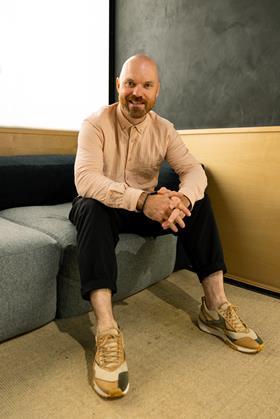
Ben Davies is the founder of Vypr




